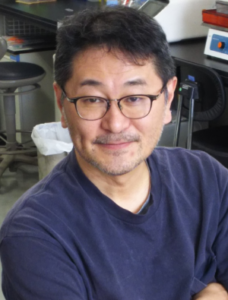
Division of Germ Cell Biology,
National Institute for Basic Biology

Lab.Developmental epigenome,
Institute for Life and Medical Sciences,
Kyoto University,
Our goal is to elucidate the molecular basis of genome stability in spermatogonial stem cells and its functional implications for spermatogenesis and subsequent generations. Through a comparative analysis between mice and marmosets, we investigate the regulatory dynamics and genome stability of primate spermatogonial stem cells.

National Center for Child Health and Development,
Center for regenerative medicine
The common marmoset is a small New World monkey. They are useful for research on primate biology. Using this marmoset, genome stability of primate spermatogonial stem cell (SSC) will be studied. Mutations introduced in SSCs are passed to the next generation. Therefore, the regulation of genomic stability in SSCs largely affects the evolution and occurrence of genetic diseases. Interestingly, the number of mutations introduced per generation is similar between marmosets and mice. The underlying mechanisms will be studied by focusing on SSC dynamics.

Institute of Life and Environmental Sciences,
University of Tsukuba
Mitochondria are inherited to the next generations through maternal inheritance. Through analysis of mice with a mutation in mitochondrial DNA (mtDNA), we found that the transmission of mutant mtDNA to offspring changes with the mother ages. How is the transmission of mtDNA to offspring regulated? Why does the transmission of mtDNA to offspring change with age? We aim to elucidate these mechanisms.